When learning a new subject, people often ask:
“Why do I need to know this?”
“How does this information relate to anything in my life?”
You will never question the relevance of this course. Money and your ability to manage money impacts your everyday lives, and will become even more important as you get older. Financial literacy means understanding how money works, how money is earned and managed, and wealth built. Building a secure financial future includes understanding the differences between income and wealth and why wealth is the key to financial security.
This chapter is within our unit theme of:
Earning an Income
Chapter Topics
- Defining financial literacy
- Introduction to course themes
- Income vs. wealth
- Wealthbuilding as a second job
- Wealth and financial security
- Income and class division in America
- (opt.) Gender pay inequality debate
Chapter Text
Chapter Review Podcast
Listen to this Chapter’s review podcast episode:
Activity Binder
Click here to view and download the Chapter 1 Activity Binder
What Does That Mean? e-flashcards
Chapter One has 18 personal finance and money management vocabulary terms.
